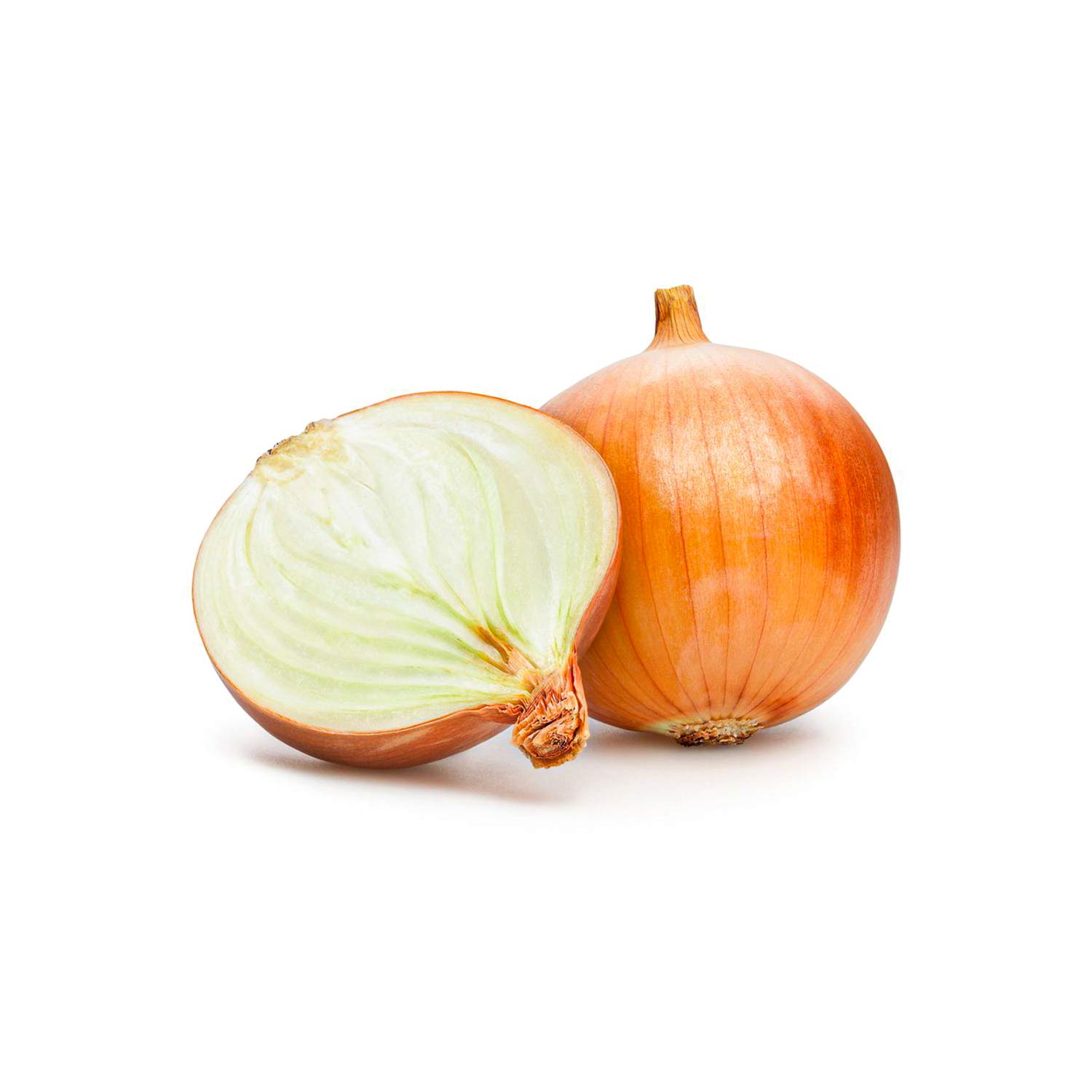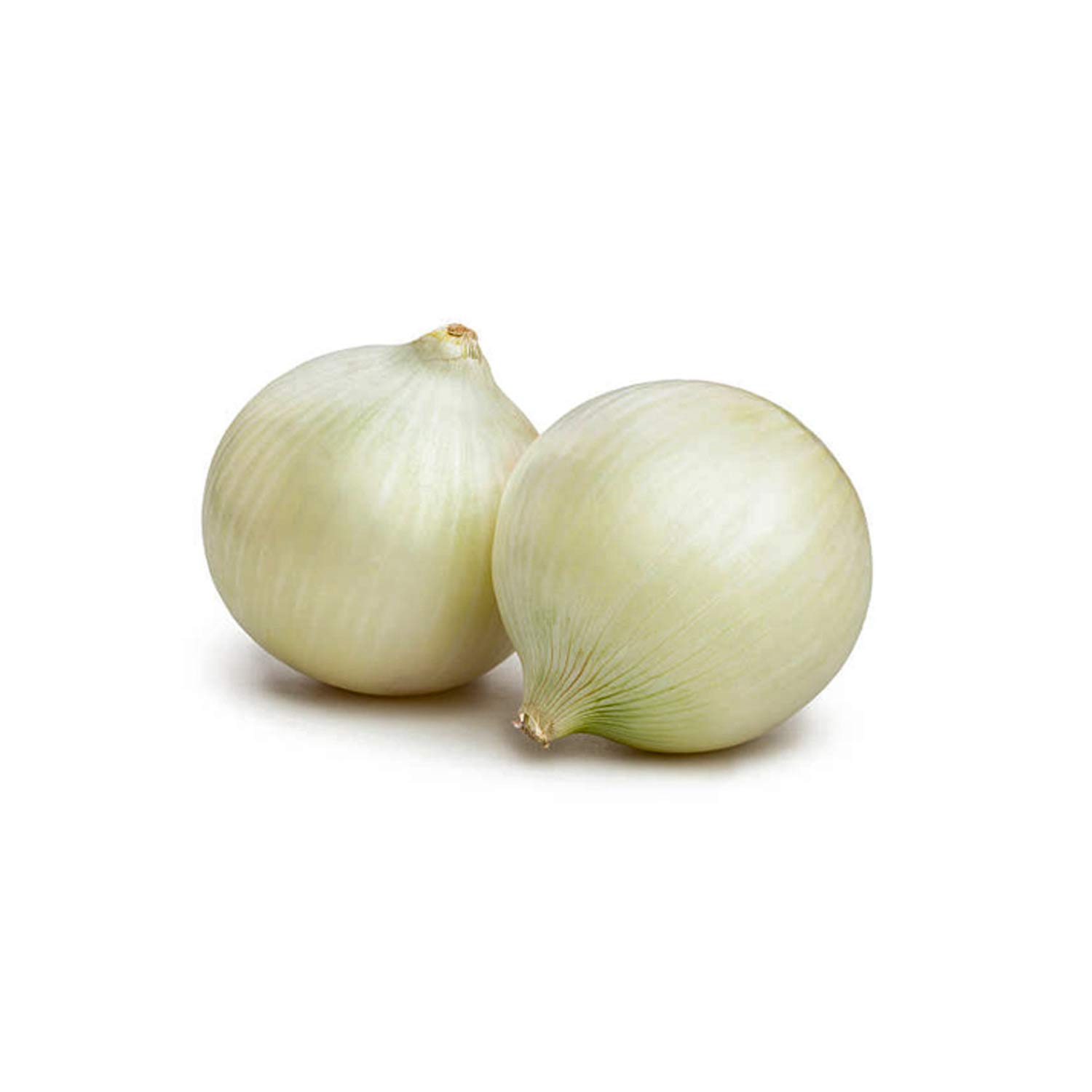A Complete Guide
Introduction to Importing Red Chili Peppers from India
Red chili peppers play an essential role in many global cuisines because of their distinct heat and flavor. India, famous for its high-quality spices, ranks among the largest producers and exporters of red chili peppers worldwide. If you want to import red chili peppers from India, understanding the process, regulations, and logistics will help you ensure smooth importation. This guide walks you through each step involved in importing red chili peppers from India while following all necessary regulations.


Why Import Red Chili Peppers from India?
India produces some of the world’s spiciest and most flavorful chili peppers. Furthermore, its varied climate supports cultivating many varieties, ranging from mild to extremely hot. Importing red chili peppers from India offers several advantages: you gain access to a wide variety of peppers, enjoy competitive pricing, and receive consistent quality. Popular Indian red chilies like Byadgi, Guntur, and Teja stand out in the global market because of their distinct taste and vibrant color.
Key Requirements for Importing Red Chili Peppers
1. Obtain an Import-Export Code (IEC)
Before importing red chili peppers, register your company to engage in international trade. Most countries require businesses to hold an Import-Export Code (IEC), a mandatory license for all importers. Make sure your business obtains this code so you can legally import chili peppers from India.
2. Secure a Phytosanitary Certificate
Since red chili peppers count as agricultural products, they must meet international plant health standards. Indian authorities issue a phytosanitary certificate confirming the peppers are free from pests, diseases, and harmful microorganisms. Importing countries require this certificate to clear your shipment through customs.
3. Comply with Food Safety Standards
Depending on your country’s regulations, you may also need additional food safety certifications. For instance, the European Union enforces EU Food Safety Standards, while the FDA regulates imports into the United States. Therefore, verify that your Indian supplier complies with the required food safety standards and can provide certification proving the red chili peppers meet your country’s health regulations.
4. Prepare for Customs Clearance and Duties
Importing agricultural products involves paying customs duties and tariffs. Since red chili peppers fall under specific Harmonized System (HS) codes, duty rates depend on your country’s trade agreements with India. Consequently, prepare all documents—such as invoices, packing lists, and the phytosanitary certificate—to ensure smooth customs clearance.
Step-by-Step Process to Import Red Chili Peppers from India
Step 1: Find a Reliable Supplier
Begin by researching exporters specializing in red chili pepper varieties who maintain a strong reputation for quality. Websites like IndiaMart and TradeIndia provide access to verified suppliers. Additionally, consider attending trade shows or contacting India’s Spice Board for supplier recommendations.
Step 2: Negotiate Terms and Prices
After selecting a supplier, negotiate contract terms including pricing, quality standards, and delivery timelines. Specify the chili pepper variety you need (e.g., Byadgi, Guntur), since heat level, color, and usage vary. Also, confirm that the supplier can meet your phytosanitary and food safety requirements.
Step 3: Arrange Shipping and Logistics
Because red chili peppers usually ship dried, they enjoy a long shelf life. Depending on shipment size and urgency, choose air freight for faster delivery or sea freight for larger, cost-effective shipments. Collaborate with a logistics company specializing in agricultural products to maintain proper storage and quality during transit.
Step 4: Handle Import Documentation
Before shipping, gather all necessary documents including:
Commercial Invoice: Details quantity and value of the shipment.
Phytosanitary Certificate: Verifies plant health standards compliance.
Certificate of Origin: Confirms chili peppers were grown and produced in India.
Bill of Lading or Airway Bill: Provides shipment and tracking details.
Step 5: Clear Customs and Arrange Delivery
When the shipment arrives, customs authorities will review your documents and inspect the peppers if needed. They will then calculate applicable duties based on the HS code and trade agreements. Once cleared, you can organize local delivery to your warehouse or distribution center.
Tips for Successfully Importing Red Chili Peppers from India
Partner with Certified Exporters: Choose suppliers registered with the Indian Spice Board who provide all necessary certifications.
Stay Updated on Import Regulations: Monitor changes in your country’s import laws related to agricultural goods to prevent delays.
Ensure Proper Packaging: Use moisture-proof packaging for dried chili peppers to protect quality during shipment.
https://iranfreshfruit.net/export-fresh-vegetables-to-europe





